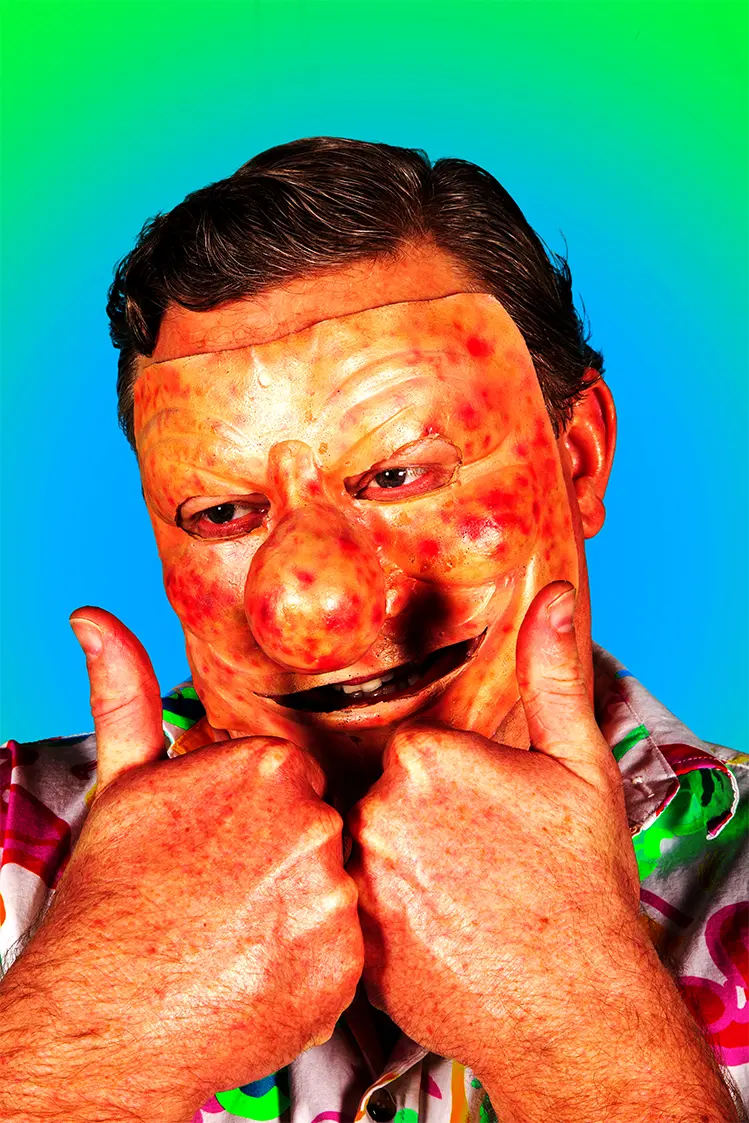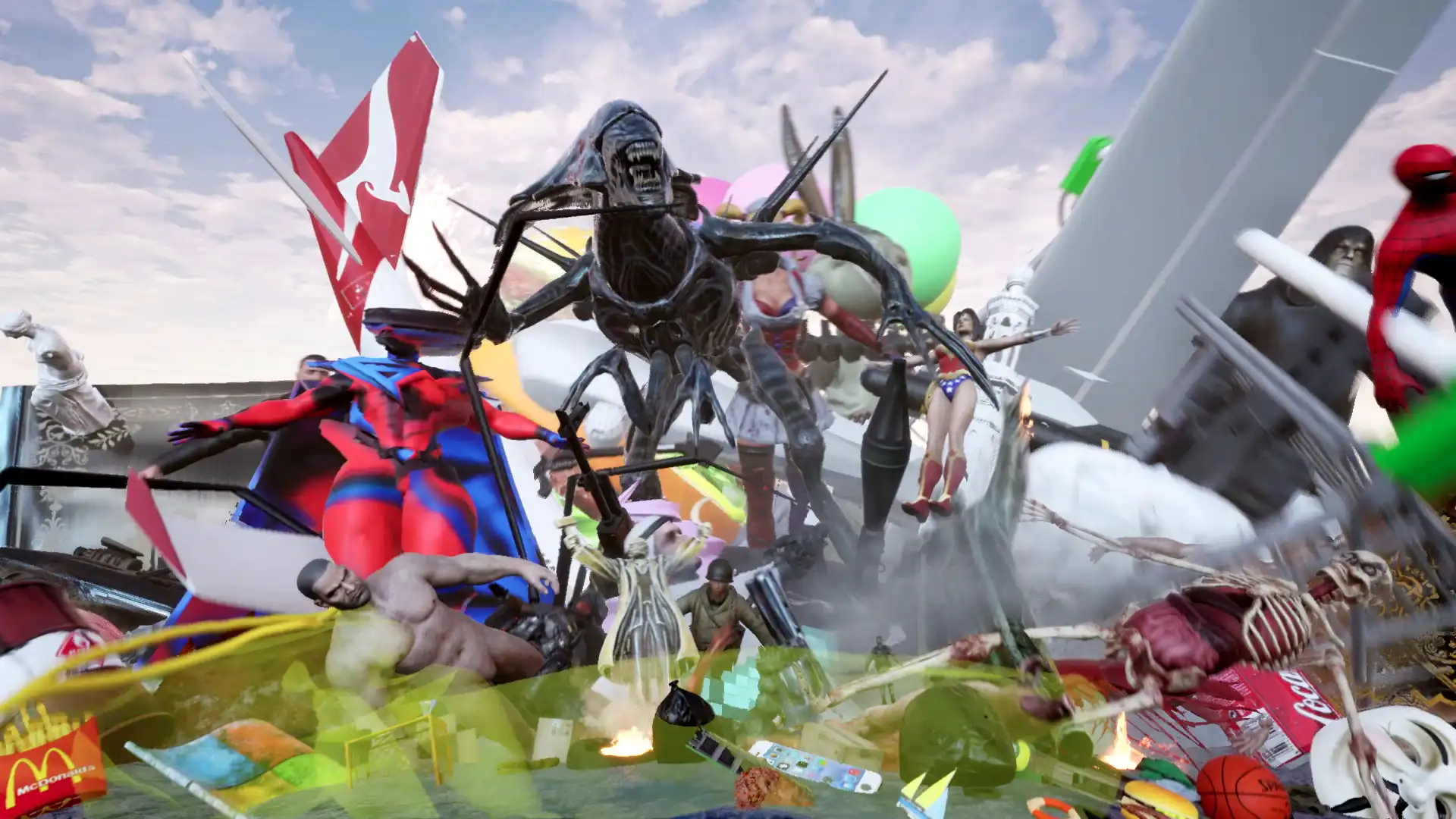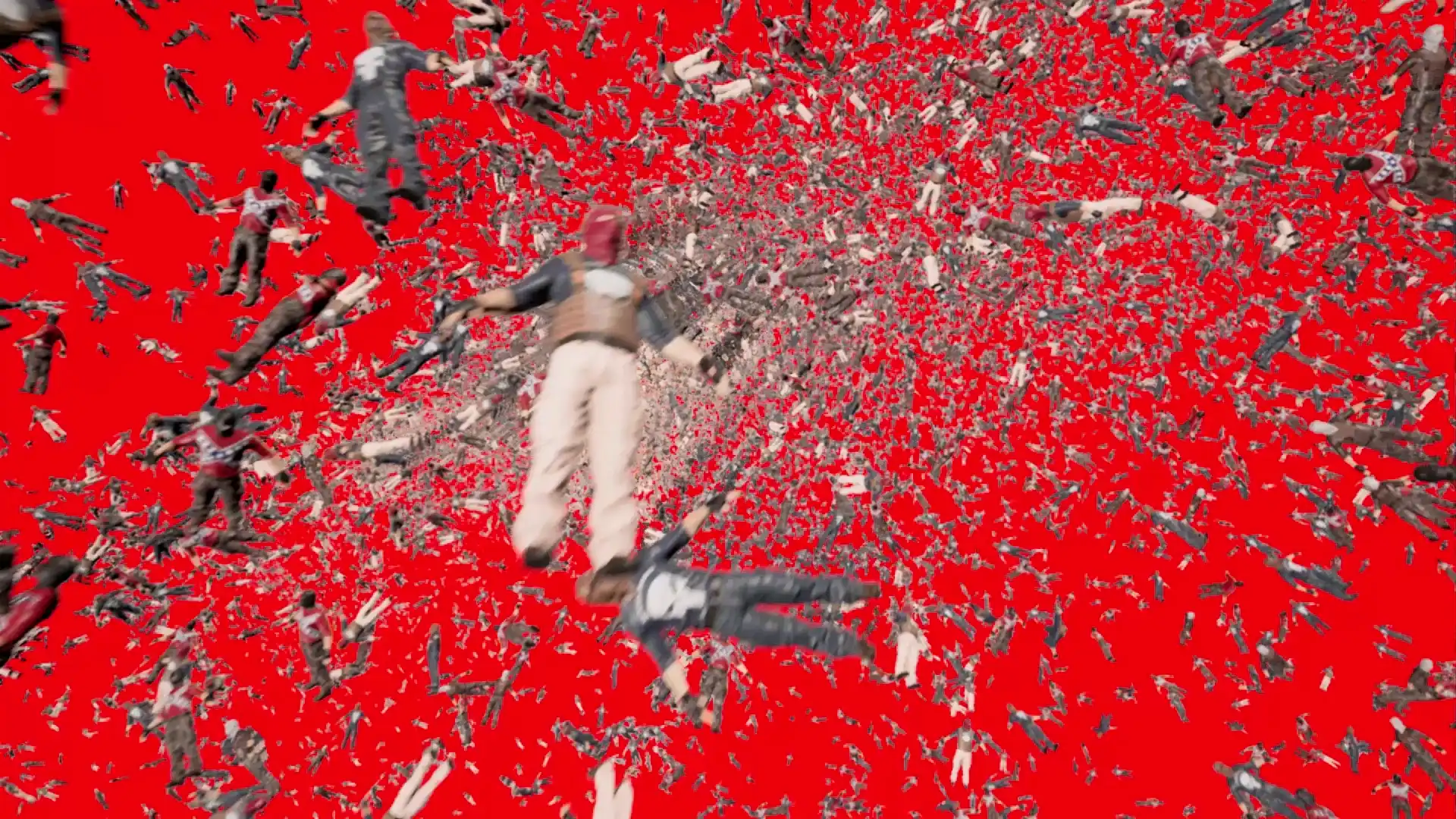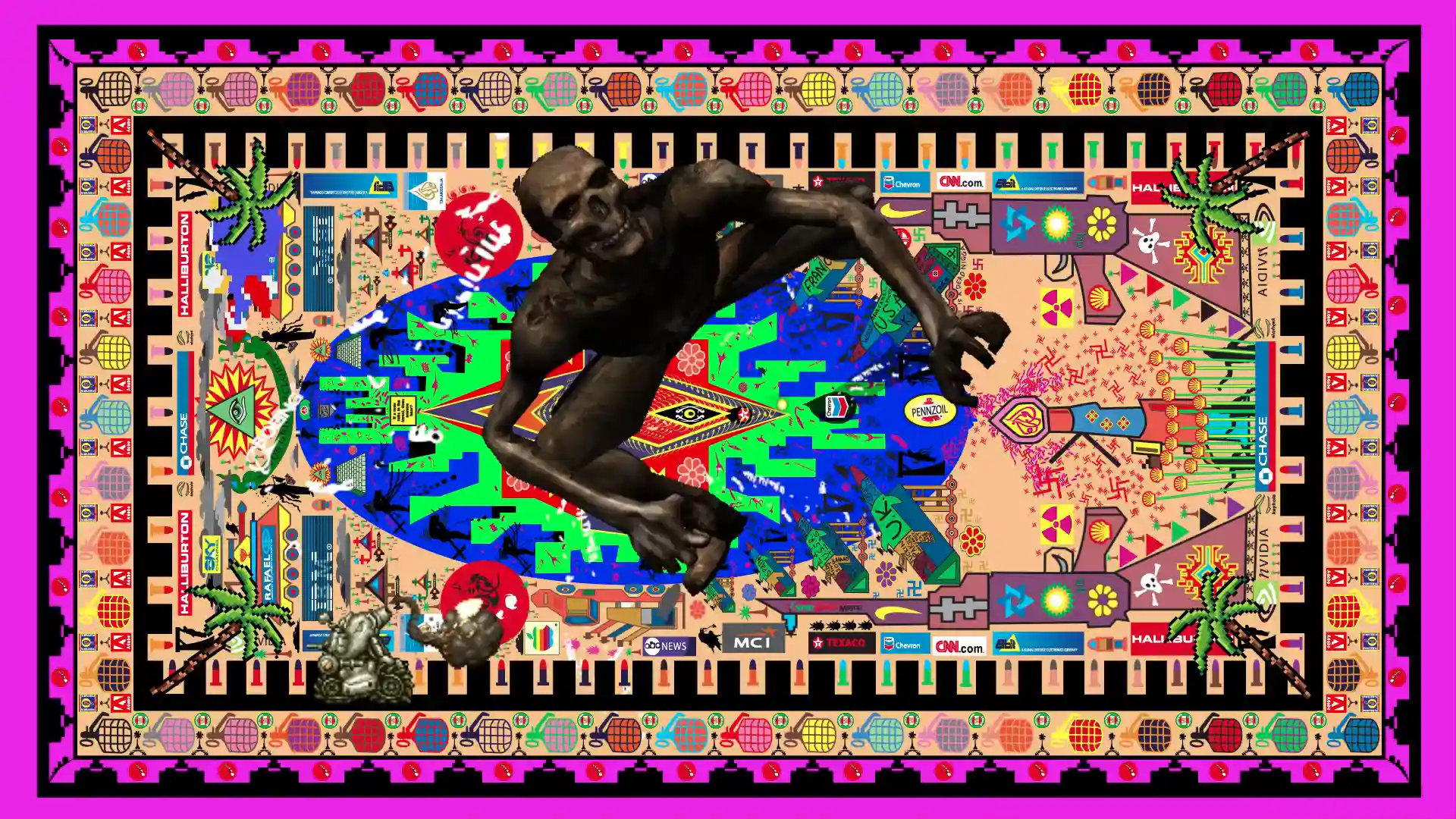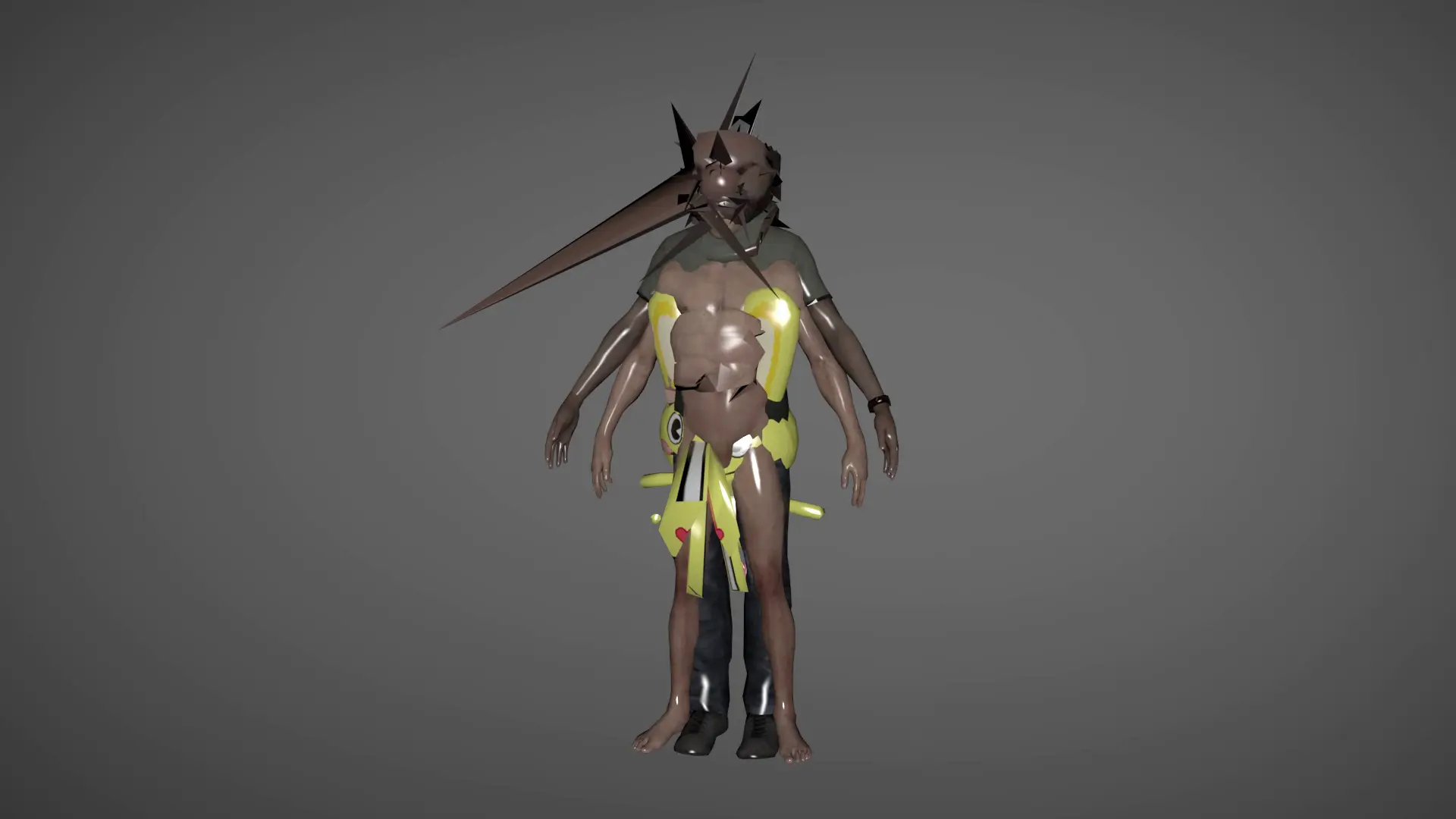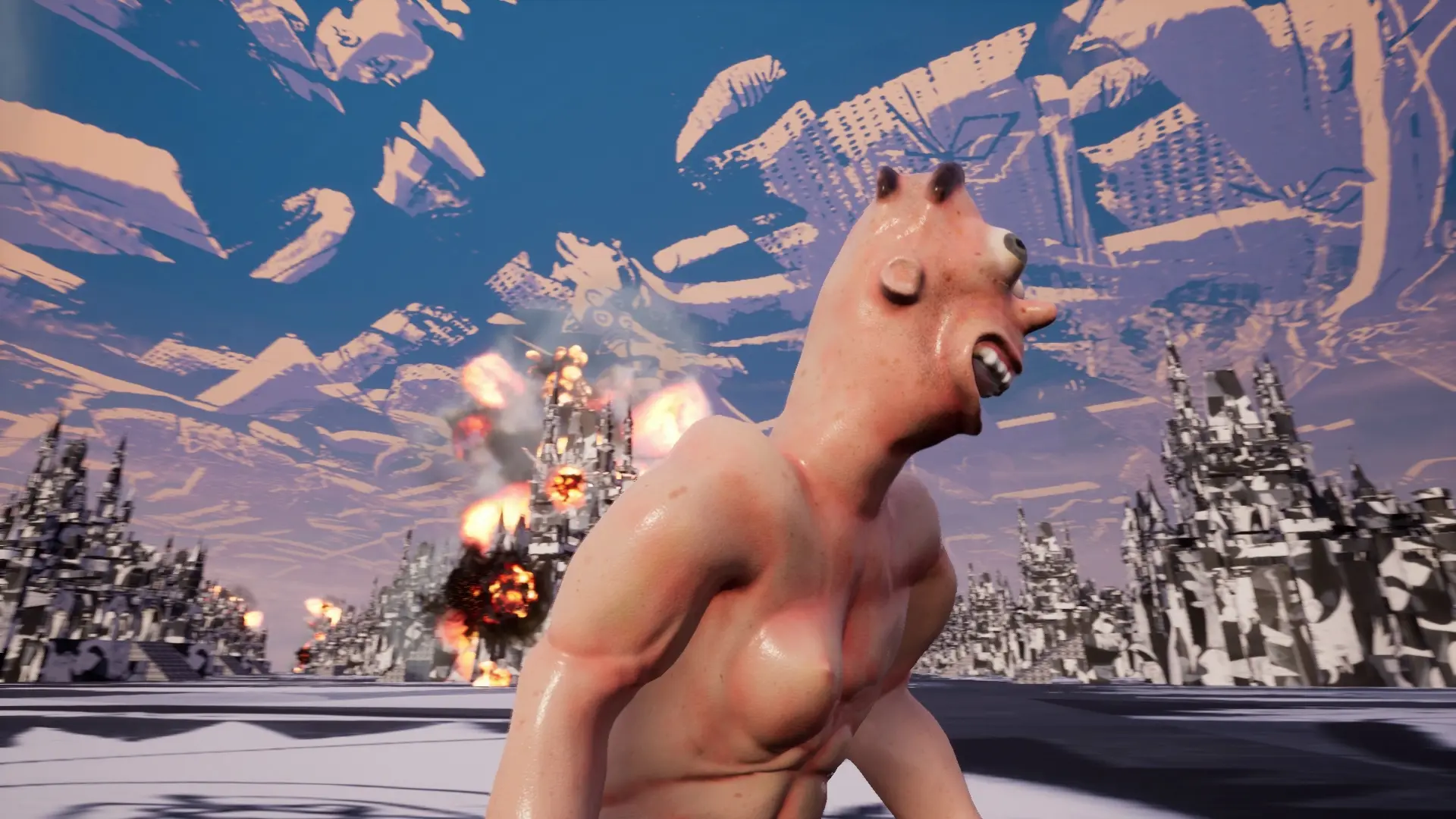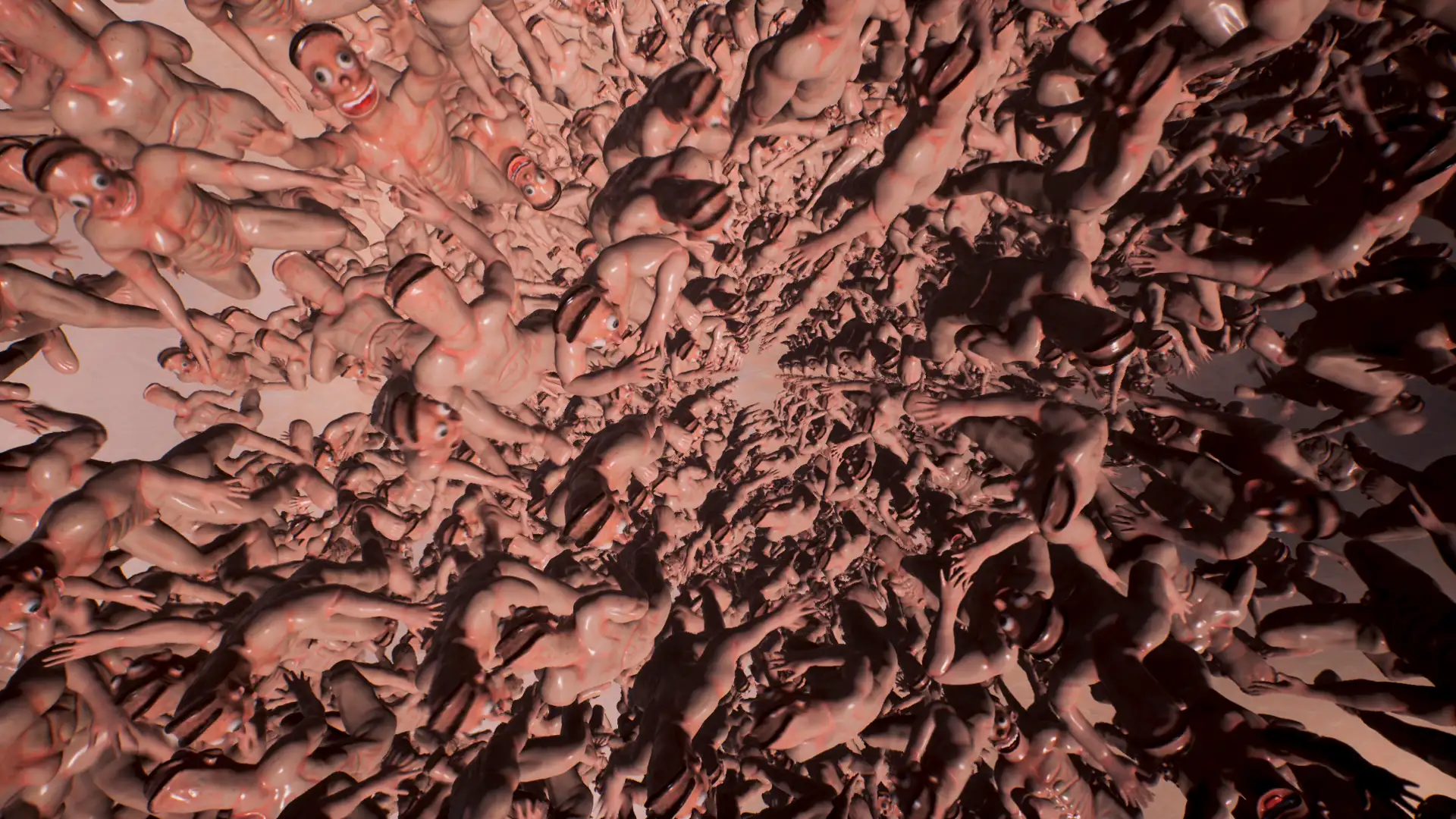Influencer Series (2021 - ongoing)
Online Exhibition - SUPERCUT: Project 2 // citizenry, Outerspace
In these digital works, I explore the term “Influencer”. In the context of online, these are content creators who are Bloggers, YouTubers, Podcasters, or Social Media Posters. These individuals’ have the power to affect the judgements of large groups of people and who regularly work with corporate interests to develop ideological messaging dressed up as self-interest. Their images are highly constructed, intra-personal saccharine, which are designed to connect the individual to their thoughts and emotions, but whose real objectives is to fetishize and sell, rather than spread information quickly for political aims.

above: Bust Study No.4, 2021-. Digital Image. Guy Fawkes mask cast with clown nose, prosthetic grade silicone, platsil, acrylic paint, makeup and designer summer pool party atire. Dimensions variable. Brisbane, Australia.
The artists’ role in some way is closely linked to this idea of the Influencer. Artists are content creators like Influencers who want their message(s) to communicate, to form personal connections to their aesthetics. We wish that a social relationship may form between the author and spectator, which may generate into public discourse. In this instance, advertising and art can often be synonymous with one-another, the highly desirable and rarefied art object reduced to a poster image with a tag-line printed next to it on a billboard.
In both series that include “Flash Mob Study” and “Bust Studies”, I’m trying to think of “The Influencer” in terms of a psychological phenomenon not just linked to online experience. For instance, in “Flash Mob Study” an ensemble of photographed self-portraits is clustered into a group, each body is positioned next to one-another to follow the abstract white line of the underwear on my waist which has had its logo erased. The real and fake photoshopped socks further accentuate this ridiculous formalism by creating another line of colour similarly used in advertising campaigns where colours, backgrounds and typography are strategically repeated to develop customer loyalty though brand identity.
My objectives were to houmously explore what happens when political actions get co-opted by market forces. I wanted to explore the confusing role that both the activist and artists share when it comes to thinking about their political aims, and whether or not, it still matters that dissent can be easily commodifiable.
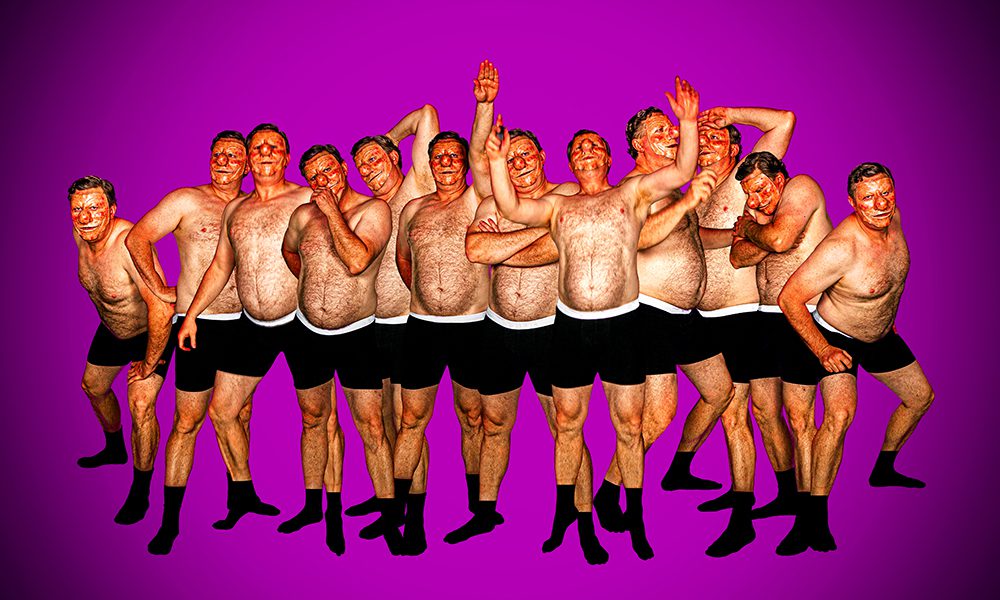
above: Flash Mob Study, 2021-. Digital Image. Designer black briefs with white band and matching black socks. Dimensions variable. Brisbane, Australia.
The representation of the male in modern advertising and throughout ancient and modern history is idealised similarly to that of the image of the feminine. In the case of masculinity in advertising it is the flexing of the abdominal muscular region, slim muscular waistlines, posturing to appear sexually available, a muscular jaw line turned on its side to reveal strong angular features, symmetrical pectoral muscles, athletic and healthy shapes to elicit desire and fantasy. The archetype of the clown on the other hand, contradicts this scenario. It is a character that is usually over-weight. A character whose features border on the grotesque and horrific. Its costume is one of ridicule and exaggeration, who both bullies and gets bullied by other protagonists, who seems weak and yet who can also turn the tables on its opponent through satirical actions and interactions with props.
“Flash Mob Study” and “Bust Studies” explores the role of fantasy behind the Monstrous, and what does this look like today in our increasingly overly sanitized, surveiled, tracked, and de-politicized world.


